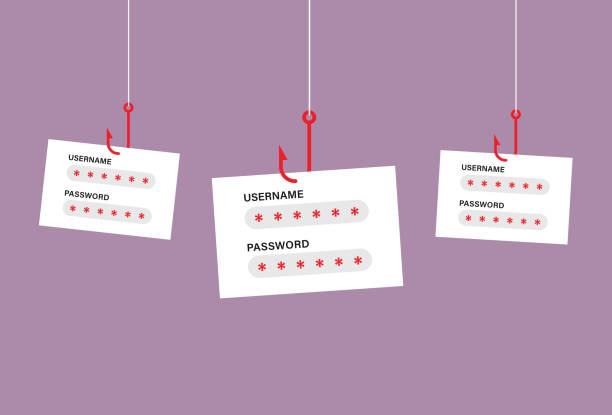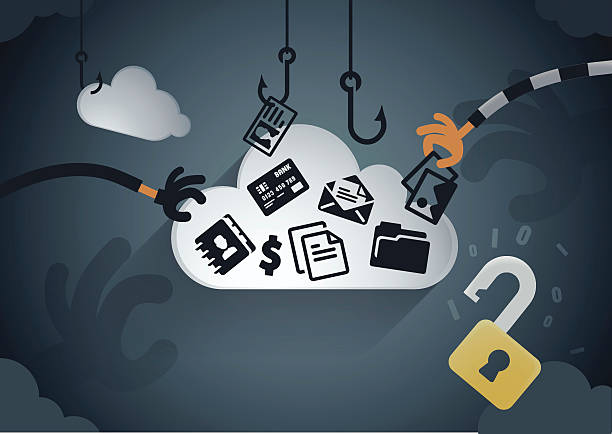Information Technology, or IT for short, is a core industry and one of the biggest threats to privacy and safety online that companies and individuals face.
Cyberattacks, data breaches and phishing attacks are on the rise and have become big concerns for businesses.
IT and security are the key enabling technologies for innovation, productivity and competitiveness in the 21st century. At the same time, cyber-attacks have grown increasingly prevalent and sophisticated.
Since 2004, the number of cyber-attacks and intrusions has increased by roughly 30% each year. In 2017 alone, there were over 1 billion data breaches reported. With such a large volume of data floating around, information security threats have real potential for worldwide impact.

Information technology, including the internet, is a rapidly growing field, in fact, new industries and companies are born almost every day due to the growth of this sector. While it saves time and allows companies to scale-up, the same benefit comes with its own set of risks. These risks are present in every aspect of life, but especially within the workings of modern companies. That’s why one must understand the dangers not to be taken for granted.
Although the amount of information on the web is increasing at a rapid rate, it still does not hold all the information in the world. Average people aren’t aware of this gap and therefore don’t know where to find what they’re looking for. Furthermore, sites can become obsolete and cease to exist, since they are just one element of the World Wide Web.
In the year 2022, information technology (IT) and security technology were two of our largest concerns. While none of these risks are at an end, we are seeing progress in many cases.
The current risks are:
- Cybercrime
- Data breaches
- Data theft
- Hackers
- Employees becoming victims of human error
- Employees using personal devices at work
The current information technology and security risks are the two most important threats. Domain name system (DNS) hijacking is a relatively new threat that has emerged during this period and can result in thousands of thefts where credit card numbers, bank account details, email addresses and much more are compromised each year.
Current and future risks are also associated with AI, the Internet of Things, blockchain technology and cloud services, cyber-attacks and ransomware.
Information Technology is becoming more and more important in people’s lives. It is used in many aspects of business and daily life, such as banking, buying products and services and even e-commerce.
NITDA Denies Govt’s Involvement in ‘National Startup Investment Fund Program’
Conclusion
The pressing and continuous security issues could endanger the country’s IT infrastructure and ICT infrastructures. Therefore, to ensure that our ICT system has a zero risk of cyber attack or privacy breach in 2022, we must continue applying patches and updates as well as putting procedures into place to keep out malicious hackers. Also, there needs to be an effective cyber defence strategy put in place by the government against all types of attacks from state-sponsored ones to those initiated by hacktivists and cyber criminals.
Cyberattacks are risks to your business. They can disrupt data availability and create vulnerability to privacy, reputation and revenue loss. You need to be aware of current cyber threat scenarios and make preparations to mitigate them such as having an Information Technology policy document in place that provides guidance on how to use technology efficiently.





